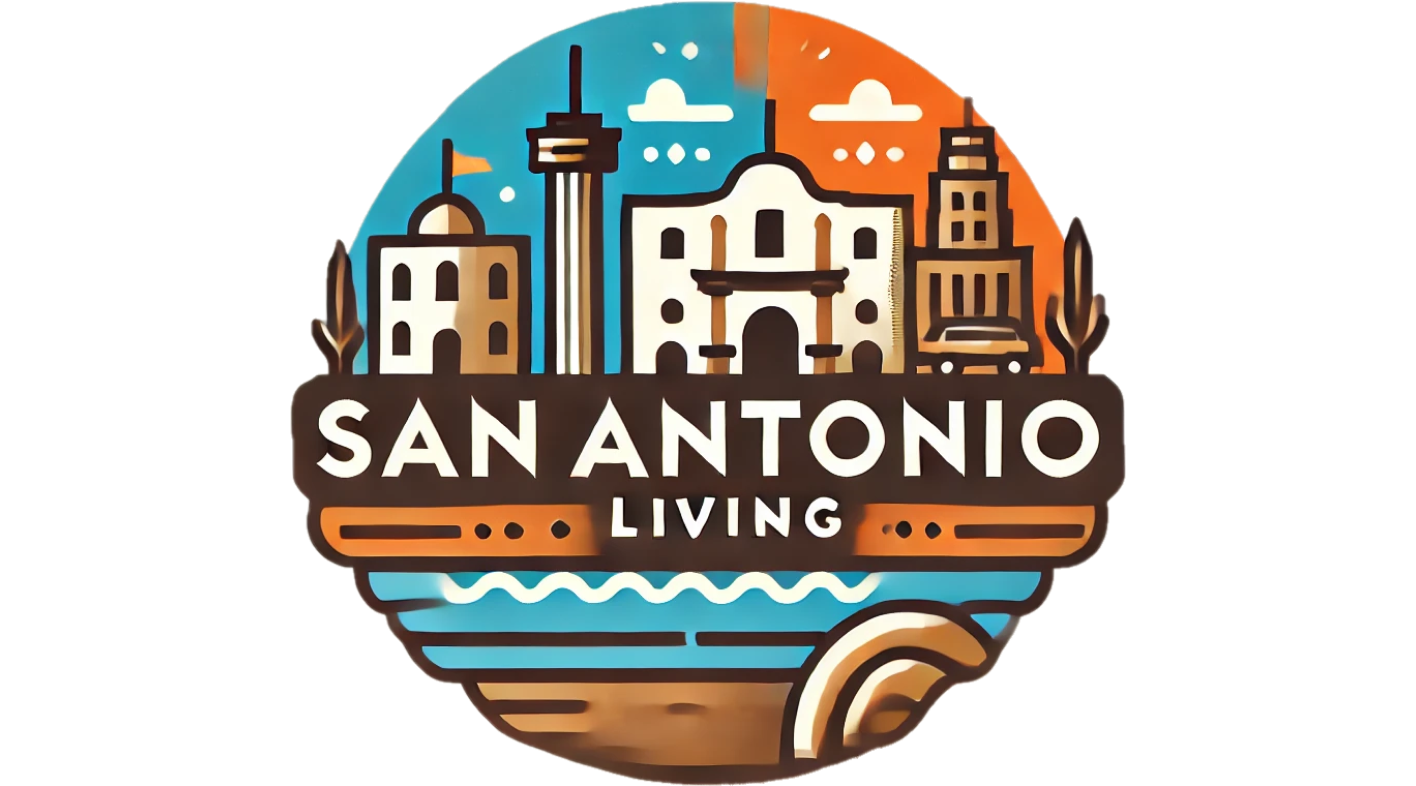
Understanding the 2025 Trafficking in Persons Report: A Call to Action
As the 2025 Trafficking in Persons Report comes to light, it reflects a global commitment to combat one of the most heinous crimes: human trafficking. This year marks the 25th edition of the report, an indispensable resource that compiles the efforts of countries worldwide to eliminate forced labor and sex trafficking. While progress has been made, the report also underscores the need for persistent action against those who fail to meet established standards.
Global Landscape of Human Trafficking
Human trafficking operates in a hidden world, often veiled from public awareness. As defined by the U.S. Trafficking Victims Protection Act (TVPA), trafficking encompasses both sex trafficking and forced labor. According to the report, an estimated 24.9 million individuals are trapped in these oppressive circumstances globally. Families are exploited, children coerced into labor, and communities suffer from this profound violation of human rights.
Successes reported show engagement from over 180 countries, where strides have been made in legislation, victim support, and prosecution of traffickers. However, challenges remain: increasing numbers of unreported cases, inadequate victim support systems, and the complex web of trafficking that can exist even in jurisdictions known for stringent laws.
A Historical Context: 25 Years of Legislative Progress
The TVPA's introduction in 2000 marked a turning point in the fight against human trafficking. It galvanized international attention and established protocols and frameworks that countless nations now follow. The annual Trafficking in Persons Report serves not just as a record but also as a roadmap, offering targeted recommendations to countries based on their performance. The TBPA emphasizes a focused approach, encouraging nations to adhere to the ”3Ps“: prosecution, protection, and prevention.
Counterarguments and Diverse Perspectives
While the report highlights the importance of governmental accountability, some critics argue that nations frequently emphasize prosecution at the expense of victim protection. This fosters an environment where victims are criminalized rather than supported. In addressing this, the report advocates for a victim-centered approach, focusing on trauma recovery and adequate services for healing. This perspective challenges the prevailing narrative that equates stronger law enforcement with effective anti-trafficking campaigns.
Additionally, the report emphasizes the need for partnerships between governments, civil society, and survivors of trafficking. Engaging those with lived experiences enriches the strategies undertaken and builds trust in communities where stigma may prevent victims from seeking help.
Emerging Trends and Future Predictions
The landscape of trafficking is evolving in response to global pressures, including economic instability and political unrest. Traffickers adapt to exploit available vulnerabilities and often utilize technology to facilitate criminal activities. For example, the rise of online platforms has enabled traffickers to reach broader audiences and recruit victims under the guise of legitimate job offers.
Moreover, as conflicts emerge worldwide, refugees often become prime targets for trafficking. The report underlines the importance of integrating anti-trafficking measures into humanitarian responses, ensuring vulnerable populations are shielded from exploitation.
An Opportunity for Collective Action
In light of the report's findings, the call to action is clear: governments, NGOs, and communities must unite to combat trafficking effectively. This involves sharing knowledge, resources, and strategies that tailor responses to local needs while supporting international initiatives.
Legislative bodies must bolster penalties for traffickers while ensuring that victims receive necessary care, rather than punishment. Training law enforcement to identify and assist victims can lead to more effective prosecutions of trafficking networks, ultimately disrupting their operations.
Conclusion
As we look at the 2025 Trafficking in Persons Report, it serves as a poignant reminder of the work left to do in the fight against human trafficking. We urge individuals and organizations to engage with these findings, advocate for victim protection, and hold governments accountable. By transforming awareness into action, we can pave the pathway towards a future free of trafficking.
To learn more and become involved in efforts against human trafficking in your locale, seek partnership opportunities within your community or contact your local advocacy groups. Together, we can make a difference!
 Add Element
Add Element  Add Row
Add Row 



Write A Comment